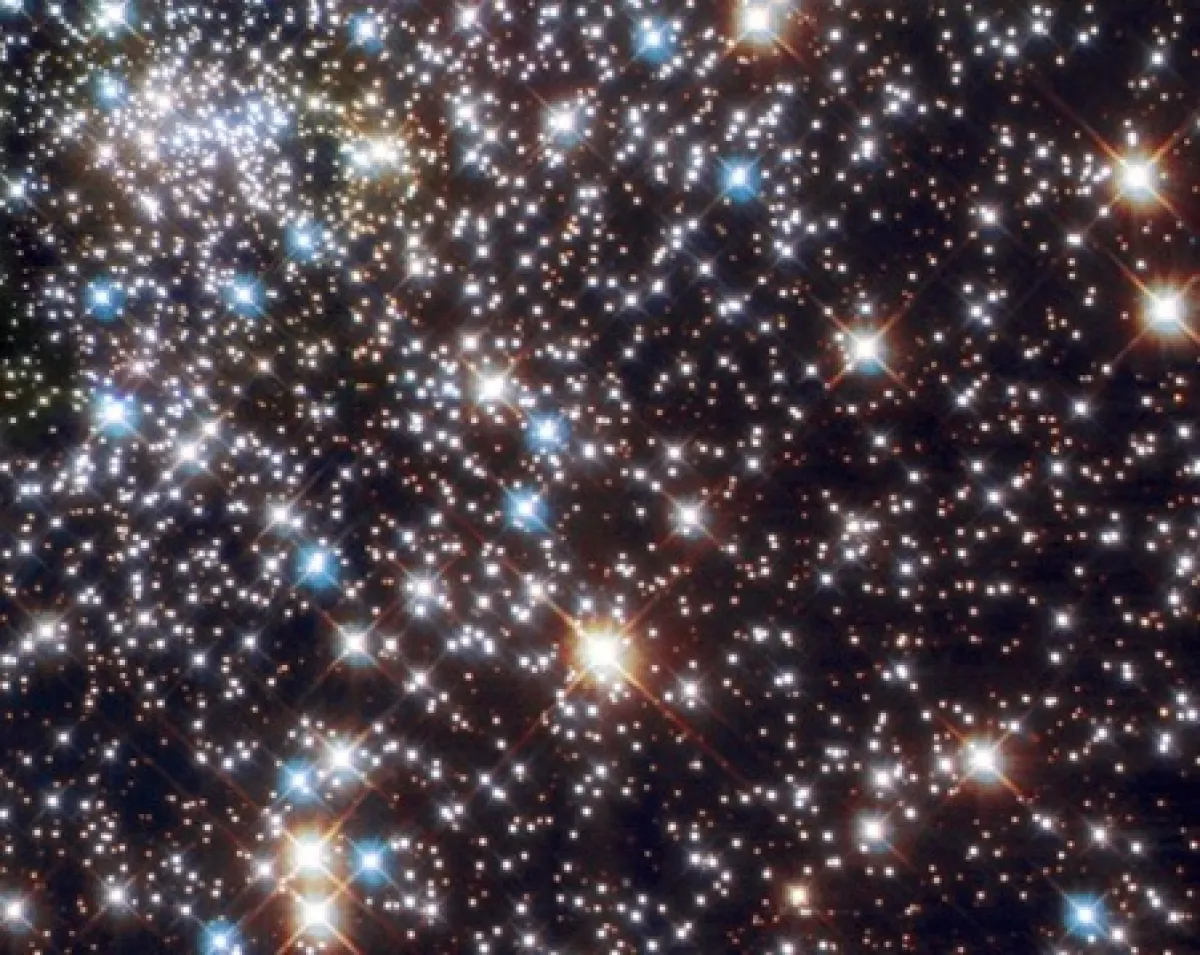The ultraviolet excess of hot stars: there or not?
Blue stragglers are main-sequence stars that are more luminous and bluer than stars of the same age, and their existence has long defied standard stellar evolution.
Research themes
Project status
Content navigation
About

Blue stragglers are main-sequence stars that are more luminous and bluer than stars of the same age, and their existence has long defied standard stellar evolution. It is now believed that blue stragglers are the product of mass transfer and/or merger in close binaries. Since the fraction of close binaries is a strong function of metallicity, it is expected that the fraction of blue stragglers will increase in metal poor populations. In this project, you will look at the spectral energy distribution of hot stars and halo blue stragglers in the ultraviolet, looking for the signature of stellar companions. Comparison of model fluxes with observations will be used to explore whether flux excess might support the binary scenario, or whether this hot halo stars are genuinely young.

